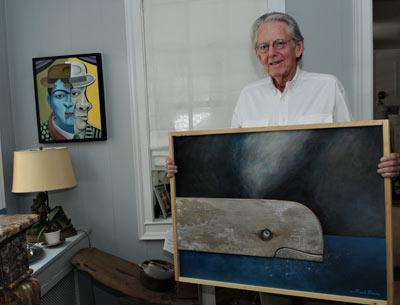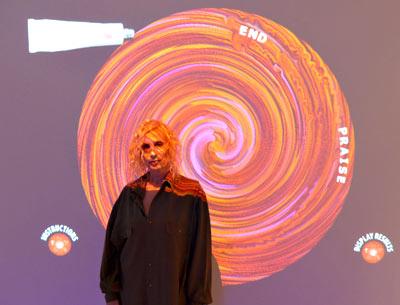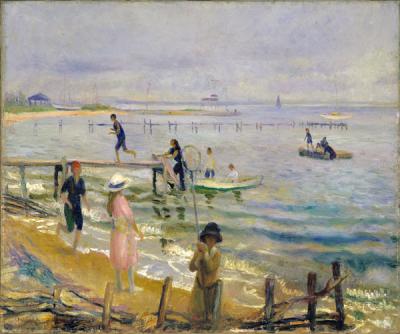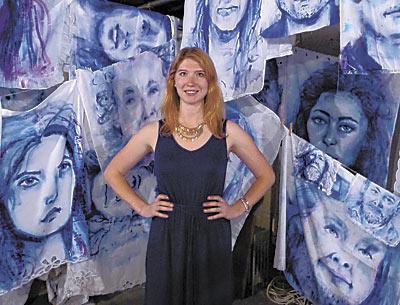Jazz at Canio’s
Jazz at Canio’s
Jack Wilkins, a renowned jazz guitarist, will perform in concert at Canio’s Books in Sag Harbor on Saturday at 5 p.m. A fixture on the international jazz scene since the early 1970s, Mr. Wilkins has collaborated with Chet Baker, Sarah Vaughan, Bob Brookmeyer, and Buddy Rich, among others.
He has recorded many albums, played numerous international festivals, and was awarded a National Education Association grant in recognition of his contribution to the guitar. Mr. Wilkins teaches at the New School, the Manhattan School of Music, N.Y.U., and Long Island University.




